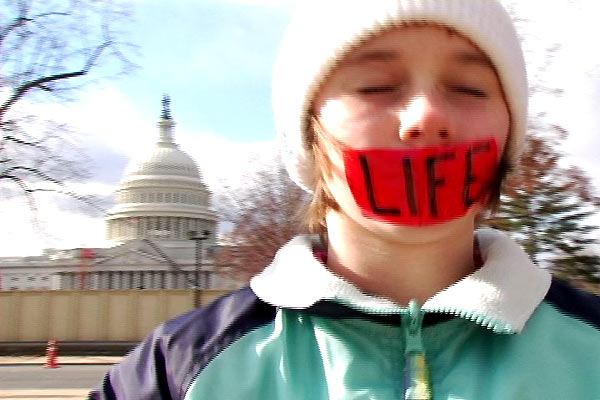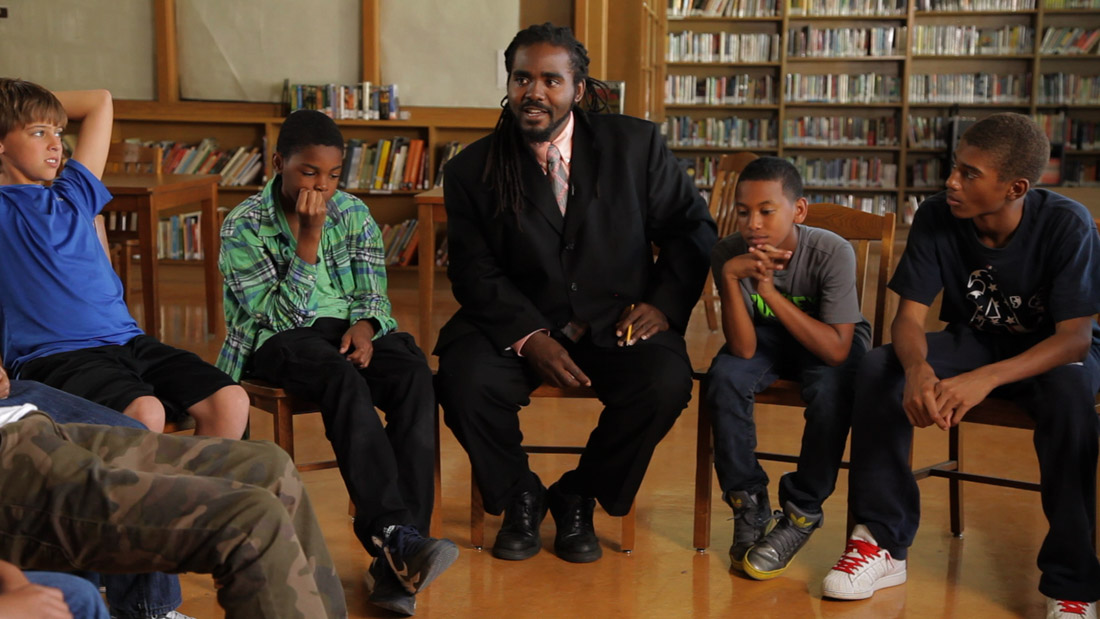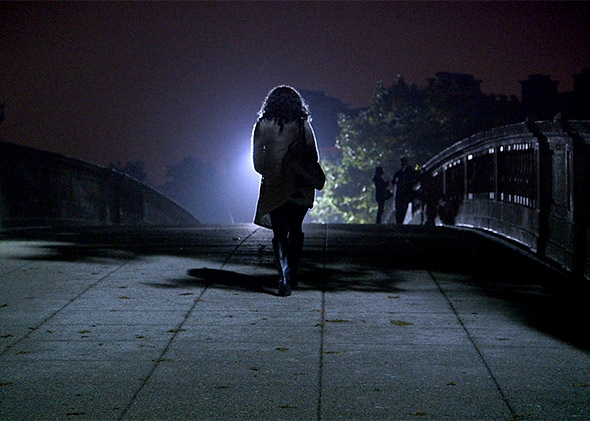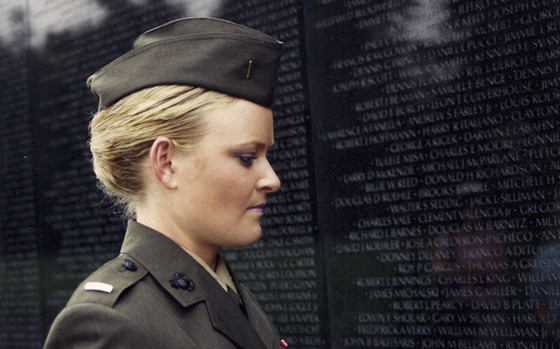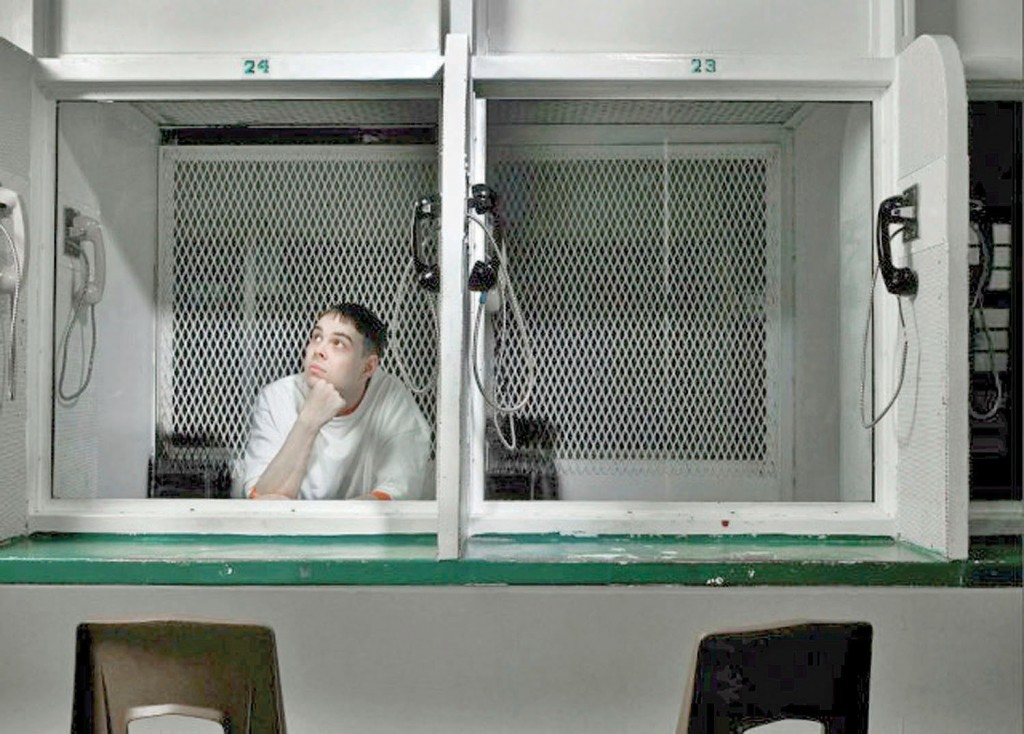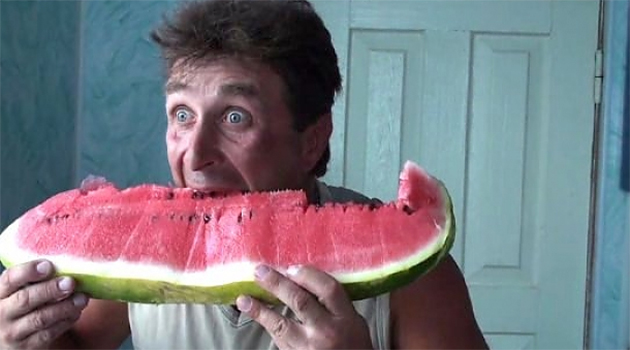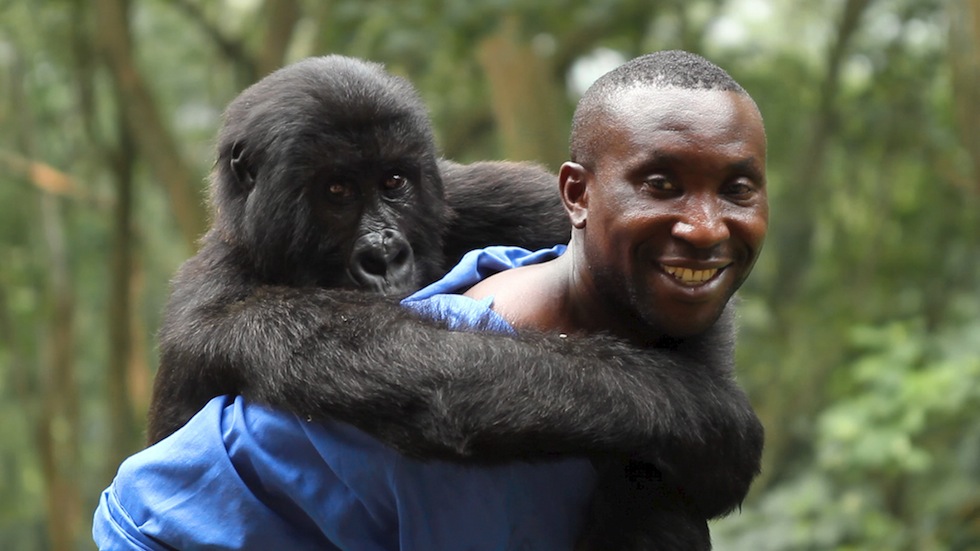In order to understand the world around us, we turn to the media to help make sense of it. One of the more creditable sources of information are documentaries. Documentary films can explore just about any topic and give the viewer a snapshot of that issue, an important or interesting person, or whatever the filmmaker decides to explore.
Some documentaries tackle hard-hitting, incredibly important issues that face our world today. Examples have included obesity, gender representation, the American justice system and sexual assault, just to name a few. Below is a list of some of those documentaries that explore who we are as a society and the issues that affect us the most.
1. The Mask You Live In (2015)
“The Mask You Live In” is a 2015 documentary written, produced, and directed by Jennifer Siebel Newsom. It premiered at the 2015 Sundance Film Festival, and it explores what Newsom perceives to be harmful notions about masculinity in American culture. Newsom was inspired to make the film while she was pregnant with her son.
In an interview she said, “It was really important to me that I could nurture a son who could be true to his authentic self, who wouldn’t always feel like he had to prove his masculinity. There’s so much loneliness, pain, and suffering when one is pretending to be someone that they’re not.”
She raised over $100,000 on Kickstarter for the film. Part of The Representation Project, a initiative started after another film she made, “Miss Representation”, “The Mask You Live In” follows boys and young men as they struggle to stay true to themselves while negotiating America’s narrow definition of masculinity.
Research shows that compared to girls, boys in the US are more likely to be diagnosed with a behavior disorder, prescribed stimulant medications, fail out of school, binge drink, commit a violent crime, and/or take their own lives.
The film was selected for over 10 film festivals and is shown on college campuses all over the country. The masculinity crisis in this country is real and it affects everything from who is in prison to sexual assault and the number of sports injuries that occur. Men and boys should be required to watch this film, or at least one like it.
2. The Hunting Ground (2015)
“The Hunting Ground” is a documentary film about rape and sexual assault on college campuses in the United States. Premiering at the 2015 Sundance Film Festival, the film was released and simultaneously shown on CNN on February 27, 2015.
The documentary follows and focuses on two former UNC Chapel Hill students, Andrea Pino and Annie E. Clark, who were raped during their enrollment at the university. They led a Title IX complaint against the university and have helped many survivors who share similar stories.
The film, written and directed by Kirby Dick and produced by Amy Ziering, presents several students’ stories, both women and men, who discuss being sexually assaulted on their college campuses. They spoke about college administrators who ignored them or made them jump through hoops because they were more concerned about keeping rape statistics low.
Two of the main focuses of the film were Harvard College and UNC Chapel Hill, but also fraternities such as Sigma Alpha Epsilon. A section of the film features the story of Erica Kinsman, an alleged victim of Jameis Winston, who spoke at length about the incident for the first time.
“The Hunting Ground” received positive reviews and acclaim and has been shown at college campuses all over the country. Pino and Clark have taken their activism across the country, helping victims of sexual assaults on college campuses. They have helped these victims launch their own Title IX complaints against their universities.
There are now more than 100 universities and colleges in the United States who are facing Title IX complaints. Students go to college to learn not only about their craft and field of study, but also about themselves. If people, particularly women, are being sexually assaulted, they have that experience taken from them. This is a major issue that this documentary expertly explores.
3. How to Survive a Plague (2012)
A 2012 documentary film about the early years of the AIDS epidemic, when the general public painted the disease as a punishment for being gay, “How to Survive a Plague” was directed by David France, a journalist who has covered the epidemic from the beginning, with the help of organizations ACT UP and TAG.
It was France’s first film, which he dedicated to his partner Doug Gould, who died of AIDS-related complications in 1992. “How to Survive a Plague” was produced using more than 700 hours of archived footage of demonstrations, meetings, news coverage, and conferences taken by ACT UP members themselves. France said that many of them knew they were doing something historic and that many of them would die.
Beginning at the start of the HIV/AIDS epidemic in the United States, the documentary follows a group of AIDS activists and founders of AIDS activist group ACT UP, and follows their struggle for response from the American government and medical establishments in developing effective HIV/AIDS medications. The documentary continued through the mid 1990s.
The film covers the cost and effectiveness of AZT, HIV activists protesting the immigration policies banning HIV positive people from immigrating to the United States, and the release of Protease inhibitors as a combination of drugs that lowered the HIV viral load in patients more than any drug had before. With each change of era in the AIDS history, a tally of people who had died from AIDS complications was shown on screen.
The film includes interviews from activists, most of whom were there during the crisis, as well as physicians and members of underground organizations. “How to Survive a Plague” received a ton of acclaim and received an Oscar nomination for Best Documentary Feature.
It shows the history of a strong and resourceful group of people, who banded together to save each other from something that was killing them from the inside. If the world can band together to stand up for issues that affect our communities like the members of ACT UP and TAG did, we can make real global health progress, whether the issues affect the LGBT community or not.
4. The Invisible War (2012)
The recipient of a Peabody Award, Emmy Award, the U.S. Documentary Audience Award, and an Oscar nomination, “The Invisible War” has received a great deal of praise since its release.
The film, written and directed by Kirby Dick and produced by Amy Ziering and Tanner King Barklow, talks about sexual assault in the military. “The Invisible War” has received further praise by advocates, lawmakers and journalists for its influence on government policies to reduce the prevalence of rape in the armed forces.
The film features interviews from veterans recounting their assaults. These stories share several common themes, such as the lack of recourse to an impartial justice system, reprisals against survivors rather than perpetrators, the absence of adequate emotional and physical care for survivors, the unhindered advancement of perpetrators’ careers, and the forced expulsion of survivors from service.
Interspersed with these testimonies are interviews with advocates, journalists, mental health professionals, active duty and retired generals, Department of Defense officials, and members of the military justice system. The film also includes footage, often shot by the veterans themselves, which documents their lives and continuing struggles in the aftermath of their assaults.
The survivors and advocates featured in the film call for changes to the way the military handles sexual assault, such as shifting prosecution away from unit commanders, who often are either friends with assailants or are assailants themselves.
The film was heralded for truly exposing a culture of widespread sexual harassment and assault. With interventions and initiatives from the government stemming from the film now in place, the culture of the service has shifted. “The Invisible War” shows us how speaking up, being brave, and exposing atrocities can change the world. We still have a culture of sexual assault and harassment in this country, and we can learn from The Invisible War what is going on.
5. Into the Abyss (2011)
Directed by Werner Herzog, the imaginative German director behind films like “Aguirre”, “The Wrath of God”, “Fitzcarraldo”, and “Grizzly Man”, “Into the Abyss”, subtitled “A Tale of Death, A Tale of Life” follows two men convicted of a triple homicide that occurred in Conroe, Texas. One of the men, Michael Perry, received the death penalty for the crime.
After strong festival showings at Telluride and the Toronto International Film Festival, “Into the Abyss” was rushed into general theatrical release due to a surge of interest in the issue of capital punishment in the United States.
Perry, who was on death row for the murder of Sandra Stotler, was suspected but not convicted of two other crimes that occurred in Conroe. Perry denies he was responsible for the killings. “Into the Abyss” does not focus on Perry’s guilt or innocence and features a minimal amount of narration.
The final interviews with Perry took place eight days before his execution. Jason Burkett, the other man, is serving a life sentence. The Huntsville “Walls” Unit in Texas, where the film is shot, is considered America’s most efficient death row.
The film received positive reviews and extended the conversation about capital punishment and the death penalty in the United States, something that we should explore further. “Into the Abyss” is a great conversation starter for the topic.
6. Life in a Day (1999)
“Life in a Day” is a crowd-sourced documentary created by arranging a series of video clips selected from 80,000 clips submitted to YouTube, the clips showing respective occurrences from around the world on a single day, July 24, 2010. The film is just under 95 minutes and included scenes from over 4,500 hours of footage from 192 nations. The completed film debuted on YouTube for free and at the 2011 Sundance Film Festival.
Director Kevin MacDonald said the film focuses on a single day, because a single day is the building block for life. The day July 24 was chosen because it was the first Saturday after the World Cup. The film does not have a traditional narrative or story. MacDonald saw the movie as a metaphor of the Internet and the fast-paced life the world lives now, clicking from one place to another.
“Life in a Day” has received overall generally positive reviews. Many reviewers praised the collaborative effort and the rousing success of the experiment, with reviewers also saying the vast majority of the film feels undeniably real and incredibly inspiring, and the perfect time capsule of the world in this era.
Although, some reviewers said the events depicted were quite predictable. There is the possibility of a sequel and there has been a Christmas version and an Italian version. “Life in a Day” is an important documentary for the world to watch because it captures what we do on any day in the modern world we live in.
7. Virunga (2014)
This 2014 British documentary directed by Orlando von Einsiedel focuses on the conservation work of rangers in Virunga National Park, and the activity of British oil and gas company Soco International, which began exploring for oil within the UNESCO World Heritage site. The film premiered at the Tribeca Film Festival in April 2014, and since it started streaming on Netflix, it received an Oscar nomination for Best Documentary Feature.
“Virunga” follows gorilla caregiver André Bauma, head park ranger Rodrigue Mugaruka Katembo, chief warden Emmanuel de Merode, and French investigative journalist Mélanie Gouby. The film focuses on the natural beauty and biodiversity of Virunga, as well as the complex political and economic issues surrounding oil exploration and armed conflict in the region.
The premiere of the film came just two days after Virunga National Park’s chief warden, Emmanuel de Merode, was shot by unidentified gunmen on the road from the city of Goma to the park’s headquarters in Rumangabo. De Merode survived the attack, and with his encouragement, the premiere of “Virunga” went ahead. Soco International has strongly denied the allegations made in the documentary.
“Virunga” has received universal critical acclaim since its release and its impact has been great. On June 11, 2014, Soco International and the World Wildlife Fund announced a joint statement in which the oil company committed “not to undertake or commission any exploratory or other drilling within Virunga National Park unless UNESCO and the DRC government agree that such activities are not incompatible with its World Heritage status”. However, the WWF has said the fight is far from over, and that the conservation of important lands in needed around the world.
